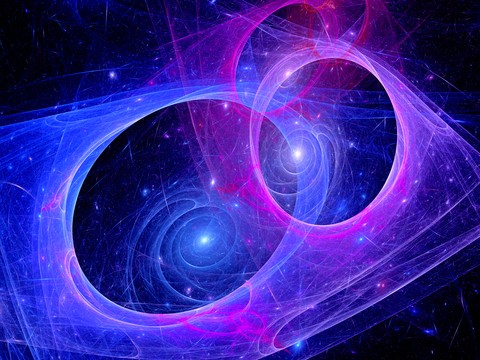Here is some background on how the telescope they will use differs from the ESO or Hubble:
It’s a kind of telescope, though it will not return dazzling images of cosmic realms long hidden from view, the distant corners of the universe, or the hidden structure of black holes and exploding stars.
Unlike the great observatories that were launched aboard the shuttle, it was not named for a famous astronomer, like Hubble, or the Chandra X-ray observatory.
The instrument, called the Alpha Magnetic Spectrometer, or AMS. The promise surrounding this device is that it will enable scientists to look at the universe in a completely new way.
Most telescopes are designed to capture photons, so-called neutral particles reflected or emitted by objects such as stars or galaxies. AMS will capture something different: exotic particles and atoms that are endowed with an electrical charge. The instrument is tuned to capture “cosmic rays” at high energy hurled out by supernova explosions or the turbulent regions surrounding black holes. And there are high hopes that it will capture particles of antimatter from a very early time that remains shrouded in mystery.
It is this type of outside the box thinking that will propel our understanding of the universe forward. It is incredible and all to gaze at magnificent galaxies and supernovas, but unless we study the properties of the particles making up these enormous formations, we will be limited in progressing our understanding of them.

@[100002435668872:2048:Selina Santos]
it is a power sorce beyone anything we know and the gov. has it, dont you know?